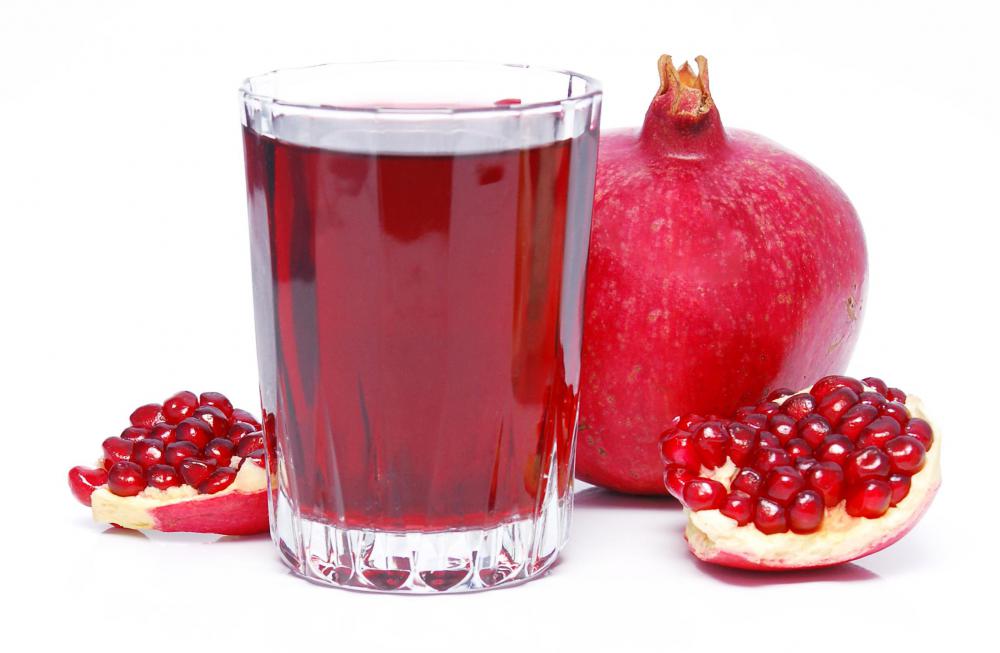At WiseGEEK, we're committed to delivering accurate, trustworthy information. Our expert-authored content is rigorously fact-checked and sourced from credible authorities. Discover how we uphold the highest standards in providing you with reliable knowledge.
What Are the Different Uses of Pomegranate?
Pomegranate is a fruit from the Middle East with culinary clout, as its sweet-and-sour seeds are delectable on their own or in a medley of other complementary ingredients. It is also respected by established medical institutions for several health-restoring qualities. That is not to say every claim by storefront herbalists and online vendors is fully verified. Though the antiseptic, anti-inflammatory, antiviral and antioxidant uses of pomegranate have been largely quantified in 2011, other claims of its effectiveness in fighting arthritis, heart disease and cancer appear to need further study.
The most original and obvious uses of pomegranate are for its tender seeds, which fill a cherry-red cavity as fat as an orange. It takes a little foresight to open a pomegranate without damaging the tender, fleshy seeds within. A typical method is to cut through the crown halfway, then pry the fruit the rest of the way open. The process is repeated on both resulting halves, which provides the easiest access for separating the white membranes of the fruit from the copious seeds. If done in water, the seeds will fall to the bottom, and the membrane will rise to the top.

The seeds resemble watermelon seeds, only these burst in the mouth with tangy sweetness. Aside from eating them as-is, cooks regularly use them in fruit salads or to add a sweet-and-sour element to a savory salad. Other common uses of pomegranate seeds in food are as jam, molasses, salsa, yogurt and in baked desserts or pastries. The fruit's juice also is regularly used in specialty cocktails or frozen treats like pomegranate granita — an Italian ice made with just juice, sugar and water.

Anecdotal evidence of the medicinal uses of pomegranate only strengthened its reputation through the centuries. According to the University of Maryland Medical Center, pomegranate juice's antioxidant, antivirus and antibacterial abilities are widely respected. Herbal remedies may involve eating the seeds or rind as well as drinking the juice or an extract of roots and bark. This supplementation continues as research — either in vitro or in vivo — begins to show pomegranate's potential worth in battling heart disease, slowing the onset of cancer, and blocking the production of the enzyme responsible for arthritis.

Officially categorized as Punica granatum, the pomegranate tree is one of the few fruit-bearing members of the Lythraceae family of flowering plants. Its fruit has been consumed by Middle Eastern cultures since recorded history began — or perhaps even sooner. Biologists and archeologists point to the people of Northern India and Iran as the first to investigate the many uses of pomegranate. Its popularity spread throughout the more arid, subtropical regions of the Mediterranean and Asia, eventually making its way to North America from Spain in the late 18th century.
AS FEATURED ON:
AS FEATURED ON:















Discuss this Article
Post your comments